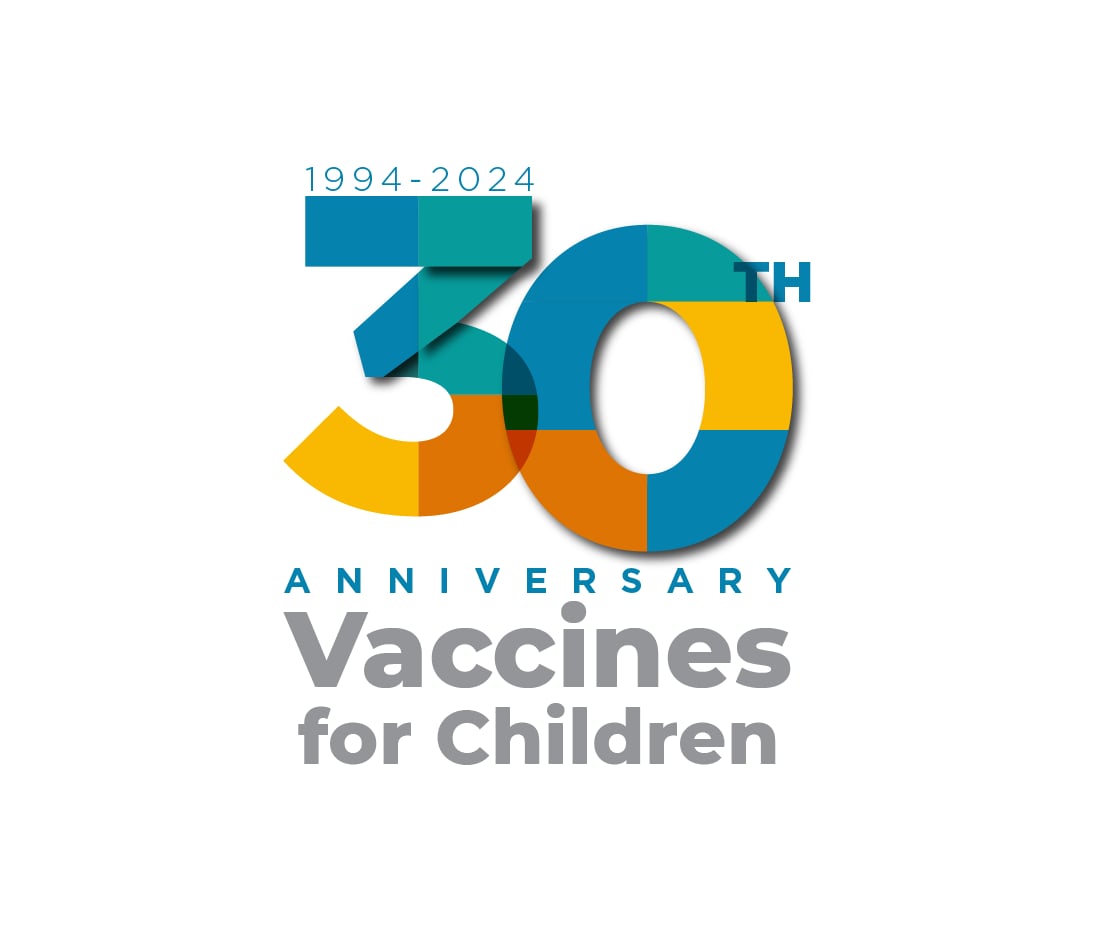What to know
- The success of the VFC Program is in large part due to a network of public programs and organizations that work to create policies and manage immunization programs at the local, state, and national levels.

VFC Public Program Collaborators
Collaborators include:
Centers for Disease Control and Prevention
The National Center for Immunization and Respiratory Diseases (NCIRD) at CDC is responsible for VFC Program:
- Policy development specific to VFC operations;
- Operational oversight; and
- Provision of technical assistance to projects for the VFC Program.
State Departments of Health
State health department immunization programs manage the VFC Program at the state and local levels. The requirements and procedures of the VFC Program are applicable to all participating state, city, and territorial immunization programs.
Other Government Agencies and Public Health Associations
Successful implementation of this program at the national, state, and local levels requires close collaboration and participation by a variety of programs and agencies including but not limited to:
- The Centers for Medicare and Medicaid Services (CMS) – State Medicaid Programs
- Health Resources and Services Administration (HRSA)
- Indian Health Services (IHS)
- Association of State and Territorial Health Officials
- Association of Immunization Program Managers
- Maternal and Child Health (MCH) programs
- Women, Infants, and Children (WIC) program
- Children's Health Insurance program (CHIP)
- National, state, and local organizations representing the private health care sector
- Managed care and national and state health care organizations
Centers for Medicare and Medicaid Services (CMS)
Policies are formulated after close consultation with CMS's Medicaid program, public and private health care organizations, and vaccine manufacturers. Active involvement by the Medicaid program is particularly essential because a majority of VFC Program-eligible children are also eligible for Medicaid, and the Medicaid office staff has extensive experience in providing preventive care through other programs (e.g., Early and Periodic Screening Diagnostic, and Treatment (EPSDT) program, etc.).
Departments Of Health
State and local health departments and Medicaid agencies are pivotal in recruiting physicians for the program and informing parents and guardians of eligible children that vaccines are available through the VFC Program. Immunization programs within state and local health departments are also responsible for providing enrolled providers with training, education, and technical assistance and monitoring provider implementation of the VFC Program.
Other Public Partners
The Women, Infants, and Children (WIC), Maternal and Child Health (MCH) programs, National Association of Community Health Centers (NACHC), and the federally qualified health centers operating within the Health Resources and Services Administration's (HRSA) Bureau of Primary Health Care (BPHC) also have extensive contact with families whose children may be eligible for the VFC Program and are therefore gateways to children's access into the program.
- CDC. Measles – United States, First 26 Weeks, 1989.MMWR 1989; 38(50): 863-866,871-872
- CDC. Current Trends Measles – United States, 1989 and First 20 Weeks 1990. MMWR 1990; 39(21): 353-355,361-363
- CDC. Current Trends Measles – United States, 1990. MMWR 1991; 40(22): 369-372
